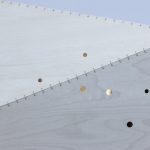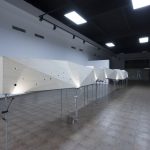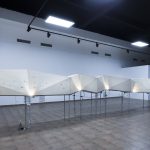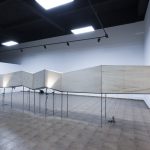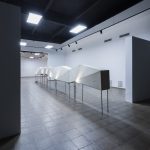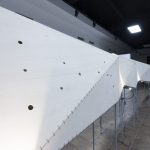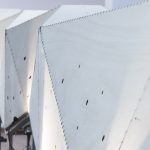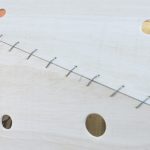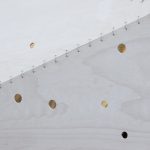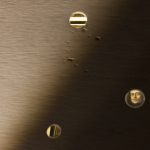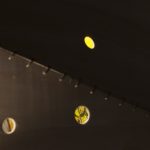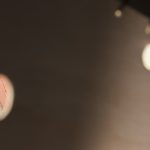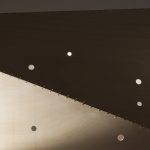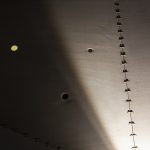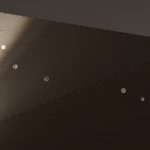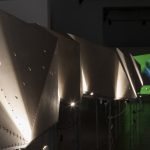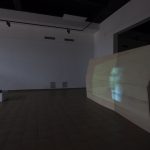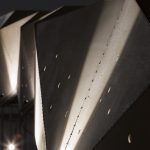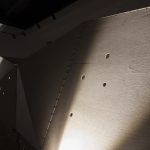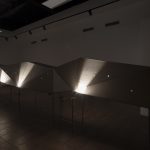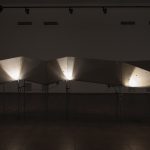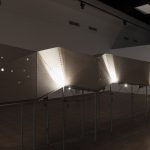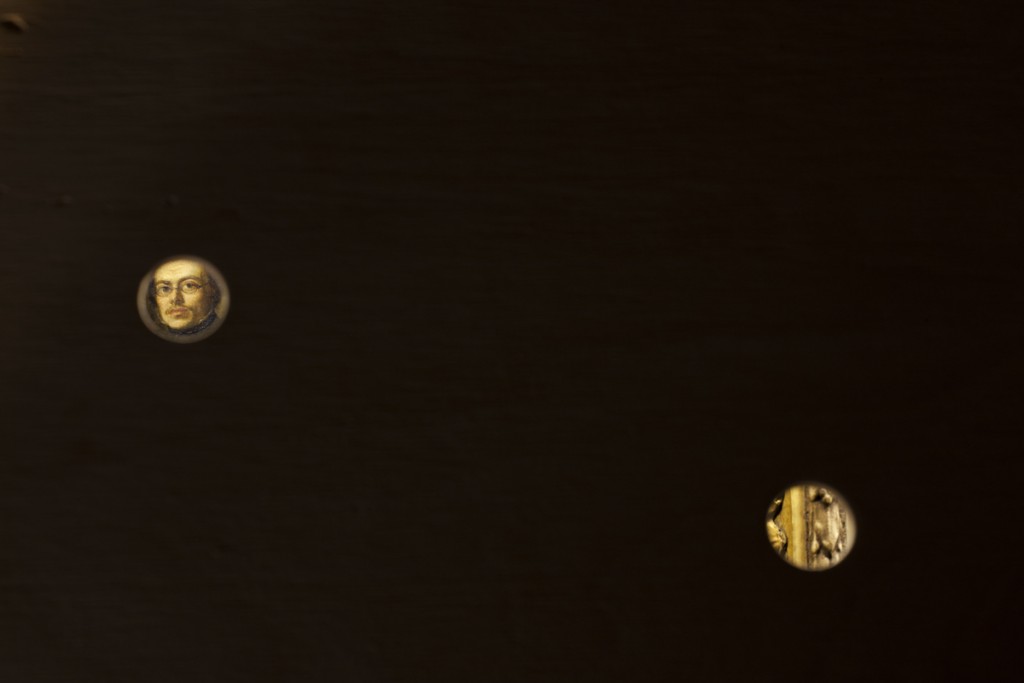Over 110 museums are now disappearing because the previously nationalized buildings are given back to their rightful owners. Local administrations, which have the right to buy them back, are not interested or have no funding. Thus, essential urban public places vanish, and sometimes incredible collections will completely disappear. A recent exhibition and installation at the Museum of the Romanian Peasant was meant to raise awareness about this shameful development.
Text: Dragoș Neamu
Design: Zeppelin – Constantin Goagea, Anastasia David
Photo: Andrei Mărgulescu
Recently, the National Network of Museums in Romania proposed an experiment, an exhibition with a loud, blunt message, with quite prominent political and social targets. It is a modus vivendi of the organization to speak on the sensitive topics of professional museum community treated with ignorance by the state administrative system. The story behind this exhibition, which inspired the whole conceptual structure, is a sad one, with an unhappy ending or rather a still undecided one, difficult to predict. We have it all, tension, political ignorance, increasingly sharpening attitudes. It all started from a statistic detail – more than 110 museums in the country (111, recently, with the Pharmacy Museum in Cluj-Napoca) are affected by the dramatic phenomenon of the restitution of establishments and their collections, given that it is a known fact that a city without museums is a city without soul. The policies of a good government should be to invest in museums, since that could change a city’s creative economy. Until this sentence is not hung on the wall of municipalities and regional councils, the museums will still remain stored in crates, exiled in forgotten apartments or thrown into the street, while collections will sometimes end up being bargained just like at the flea market.
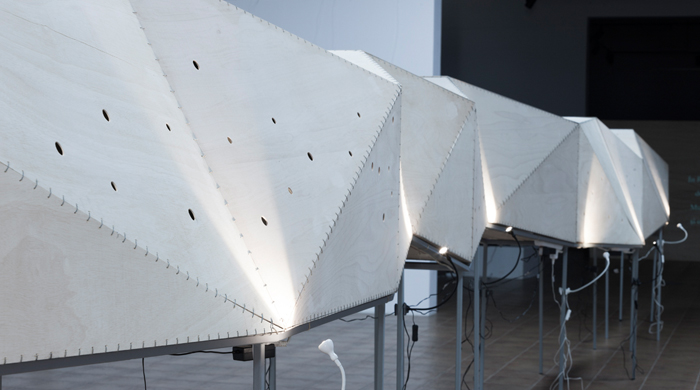
The exhibition “Lost Museums” at the Romanian Peasant’s Museum starts from a simple reality. Some artworks belonging to museums which have been caught up in the restitution mincer can be admired for a very short time, because tomorrow they might be gone. Frustration and the unseen represent, for architects Constantin Goagea and Anastasia David, the dominant feeling and feature of this exhibition. The works of art, encapsulated in an installation very subtly suggesting an amalgam of boxes, are just a pretext, a goal of the visit, of the contact, which is becoming more difficult for the visitor. Only when experiencing first-hand a terrible scenario can one understand the consequence of a huge loss – identity. This unusual surprising exhibition debunked some clichés, but also offered hope. Here it found the last key that opens the shut minds and the wonders in the museums. Grigorescu, Ghiaţă, Ciucurencu, Bernea, Rosenthal, the Bucharest Bible and other works from nine museums and libraries in the country could be visited now, before it is too late.

